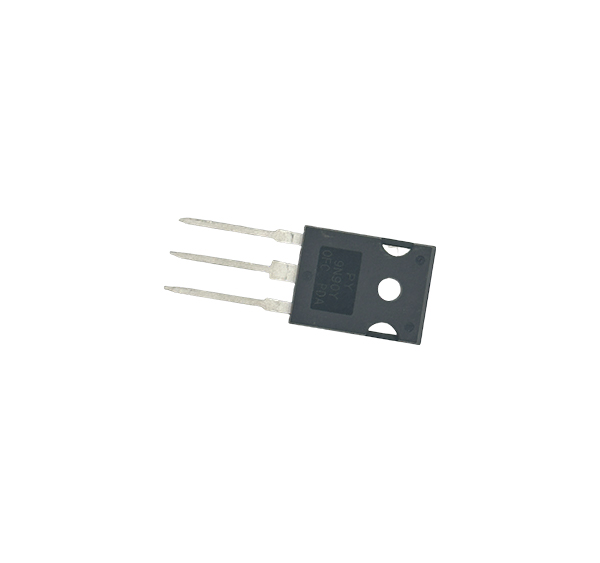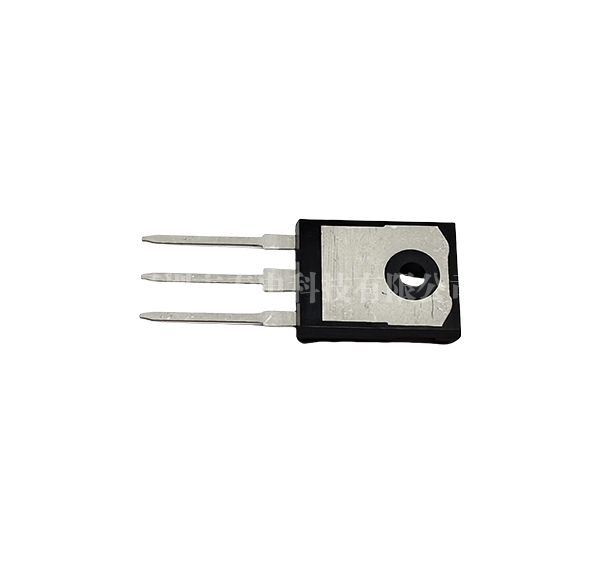High-Voltage MOSFET is a metal oxide semiconductor field effect transistor (MOSFET) that can operate in a high voltage environment. It is commonly used in power electronics and power management applications, capable of handling voltages up to several hundred volts or even kilovolts.
The main features of high voltage MOS include:
1. **High withstand voltage**: High-voltage MOSFET usually has a high breakdown voltage and is suitable for high-voltage applications. Common withstand voltage levels are 100V to 1200V, or even higher.
2. **Low on-resistance**: High-voltage MOSFET has low on-resistance, which allows it to effectively reduce power loss when switching and improve overall efficiency.
3. **Fast switching performance**: High-voltage MOS has fast switching speed and is suitable for high-frequency switching applications, such as switching power supplies (SMPS) and inverters.
4. **Good thermal performance**: Many high-voltage MOS designs have good thermal management characteristics and can work stably in high-temperature environments.
5. **Wide Applications**: High-voltage MOSFETs are widely used in various occasions, such as switching power supplies, inverters, motor drives, solar inverters, UPS (uninterruptible power supplies) and other power conversion and control applications.
6. **Gate drive requirements**: Compared with general MOSFETs, high-voltage MOSFETs may have more stringent requirements for gate drive circuits. It is necessary to ensure that the gate voltage can reach the level required for switching to improve its conduction efficiency. .
When selecting a high-voltage MOSFET, design engineers need to consider parameters such as its withstand voltage, on-resistance, switching speed, package size, and thermal management capabilities to meet the needs of specific circuits.






